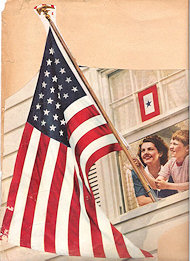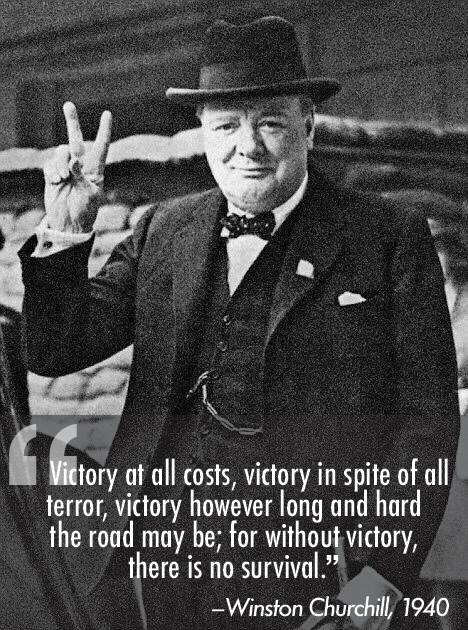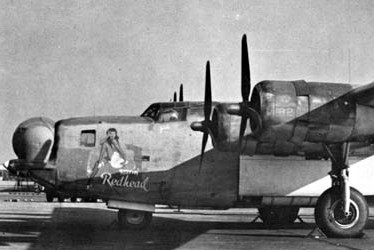
November 11, 2014
Seventy years ago a very young man — just 20 years old — swung himself up into the belly of a massive war machine for the first of what would become 50 harrowing trips over southern Europe and Germany. The plane was a B-17 Flying Fortress, one of the most imposing weapons of World War II. The young man was my father, Harold.

He had enlisted two years earlier to become an officer and a pilot, but was unable to complete this goal as the Army needed men, and needed them immediately. Pulled from his training, he was assigned to the 816th Bombardment Squadron of the 483rd Bombardment Group, 15th Army Air Force, stationed in Foggia, Italy. They were to replace planes from a bomb group decimated in the raids over Memmingen, Germany — such was the ominous start to his flying career.
His life, however, had not been without its fears and traumas prior to his war experience. Raised in Gary, Indiana, his father’s job in the steel mill was cut back during the Great Depression. However, it was not just a lack of monetary means with which Harold was raised; there was also a dearth of family stability. His parents had a contentious marriage. Two of his siblings died young — a four-year-old brother who hemorrhaged after a tonsillectomy, and a 21-year-old sister who died of tuberculosis. His mother also contracted the disease, but survived. As the oldest living child, Harold was tasked with cleaning and sterilizing kitchen tools when his mother was too ill, according to physician’s orders. His was a life of early responsibility, with little time for childhood enjoyment.
Such was the often unhappy early life of the young man who flew in the top turret of the bomber which would climb to 27,000 feet altitude and then plunge its occupants into temperatures down to 50° below zero. Escorted by the Tuskegee Airmen on their sorties, the bombers would lose their protection as they entered the bomb run, and both German and American fighters would peel off. Then the terror of the anti-aircraft would begin. To accurately hit their targets, the bombers would need to slow down, making themselves vulnerable to the flak from below. Harold witnessed planes being hit by the flak — a bomber in front of them hit and bursting into flame, another beside them catching a shell through its wing. His own plane would return with bullet and shell holes.
Harold completed 50 of these missions in 90 days, receiving the Air Medal and a promise from the Air Force of a commission if he would join the forces in the Pacific. He declined. He had seen enough of war.
He returned as a trainer at an Air Force base until his discharge in 1945. On a trip home on a weekend leave, taking his mother to church, he caught the eye of an attractive, petite brunette in the choir. She had known him from their confirmation class years earlier, and had largely ignored him, but seeing him in church in uniform — and in wings! — she made a bet with her friend sitting beside her that she could score a date with him. Approaching him after services, oh-so-properly, she welcomed him, they chatted, and he invited her out for a Coke.
My parents were married in 1947. They raised three children, established a small business, and traveled the world. However, Harold was not finished with battles. He successfully fought back cancer at the age of 64. In his eighties, he dealt with what was likely his most indomitable foe: his beloved’s Alzheimer’s disease. He cared for my mother until she passed away in September, 2012, about three weeks after they celebrated their 65th wedding anniversary.
About a year ago, I attended a conference on personality types. The psychologist who was lecturing spoke of people who possess an exceptional amount of emotional resilience. I have to say that my father, now at the age of 90, is the most resilient person I have ever known. On this Veterans Day, I am proud that I can call him Dad.
Kim is a pint-sized patriot who packs some big contradictions. She is a Baby Boomer who never became a hippie, an active Republican who first registered as a Democrat (okay, it was to help a sorority sister's father in his run for sheriff), and a devout Lutheran who practices yoga. Growing up in small-town Indiana, now living in the Kansas City metro, Kim is a conservative Midwestern gal whose heart is also in the Seattle area, where her eldest daughter, son-in-law, and grandson live. Kim is a working speech pathologist who left school system employment behind to subcontract to an agency, and has never looked back. She describes her conservatism as falling in the mold of Russell Kirk's Ten Conservative Principles. Don't know what they are? Google them!
Kim, what a lovely tribute to your father! Such a different era your father was raised in.
Thank you for your kind words. Yes, that era was so different, it’s why those who lived through that time have been labeled “The Greatest Generation.”
My wife and I as vets (USAF/USN) salute a fellow service member in your father. My dad (WWII Army field artillery) and my wife’s dad (WWII Navy hard-hat diver) have both passed on may years ago. Stand tall and proud with honor at such a family heritage.
Thank you for your service and those of your parents. You both share a wonderful legacy!

Tip Us!
Become a Victory Girl!


Follow Us On Twitter!


Recent Comments

Rovin’ Redhead

4 Comments